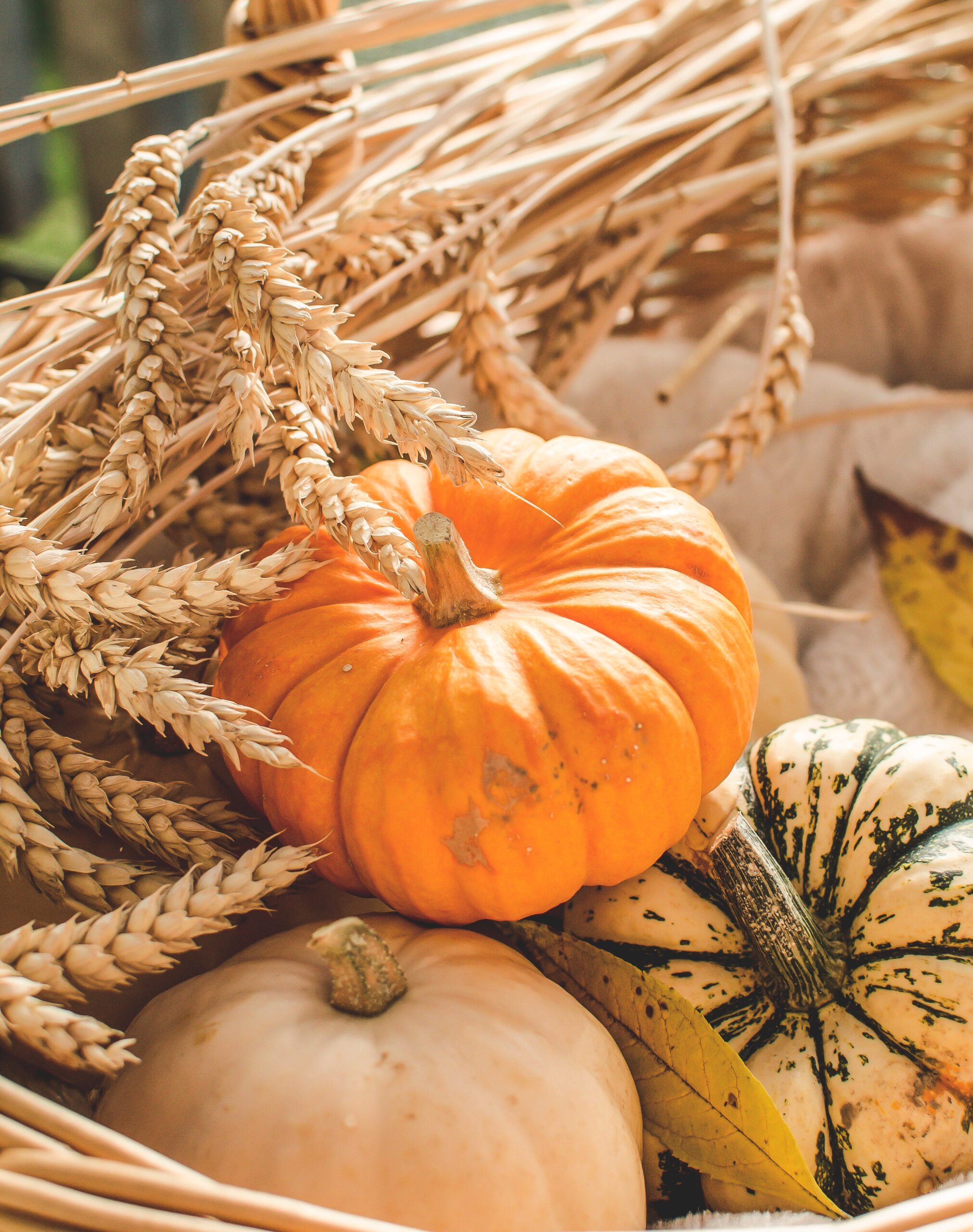
Halloween, also known as All Hallows’ Eve, is an ancient and widely celebrated holiday with deep roots in history, mythology, and tradition. But it’s certainly evolved over the centuries, taking on new forms and meanings in various countries around the world.
At the heart of the modern Halloween celebration is the all familiar act of trick-or-treating, where children dress up in costumes and go from door to door in search of sweet treats or tricks of course!
Can you remember your costumes as a kid? I certainly can.
But where did this beloved tradition originate, and how is it celebrated in other cultures? Furthermore, with growing concerns about the impact of sugar on health, it’s essential to explore healthier alternatives to candy for trick-or-treaters.
The History of Halloween
Ancient Origins
The origins of Halloween can be traced back to ancient Celtic festivals, particularly the Samhain. Samhain was celebrated around October 31st, marking the end of the harvest season and the beginning of the darker half of the year.
During this time, the Celts believed that the boundary between the living and the dead was blurred, allowing spirits to roam freely. To ward off these spirits, people lit bonfires and wore costumes.
Christian Influence
With the spread of Christianity, the Celtic festival of Samhain was incorporated into the Christian calendar as All Saints’ Day, observed on November 1st. All Saints’ Day, also known as All Hallows’ Day, was preceded by All Hallows’ Eve, which became known as Halloween.
The customs of lighting bonfires and wearing costumes carried over, but with a more religious focus.
Immigrant Influence in America
Halloween as we know it today was significantly shaped by the influx of Irish and Scottish immigrants to the United States in the 19th century. Their traditions, including carving pumpkins and trick-or-treating, merged with existing customs to create the modern American Halloween.
Jack-o’-lanterns, initially carved from turnips, became synonymous with Halloween, while the practice of trick-or-treating began to take shape.
Halloween Around the World
Dia de los Muertos (Mexico)
In Mexico, the Day of the Dead, or Dia de los Muertos, is celebrated from October 31st to November 2nd. It is a time to honor and remember deceased loved ones.
Families build ofrendas (altars) adorned with marigolds, sugar skulls, and the favorite foods and drinks of the departed. Children often receive small gifts and candy skulls during these festivities.
Guy Fawkes Night (United Kingdom)
On November 5th, the United Kingdom celebrates Guy Fawkes Night, also known as Bonfire Night. This holiday commemorates the failed Gunpowder Plot of 1605 when a group of conspirators, including Guy Fawkes, attempted to blow up the Houses of Parliament.
People mark the occasion with bonfires, fireworks, and traditional foods like toffee apples and parkin.
Chuseok (South Korea)
Chuseok is a major Korean harvest festival, often referred to as Korean Thanksgiving Day. Celebrated around the autumnal equinox, Chuseok involves families gathering to perform ancestral rites, share delicious food, and play traditional games.
While not directly related to Halloween, it’s a significant autumn festival in Korea.
Obon (Japan)
In Japan, Obon is a Buddhist festival held in the summer or mid-July in some regions and mid-August in others. It’s a time to honor the spirits of deceased ancestors. People visit graves, light lanterns, and participate in traditional dances known as Bon Odori.
The festival promotes a sense of community and respect for the deceased.
Fête des Morts (Haiti)
In Haiti, the Day of the Dead, known as Fête des Morts, is celebrated with a unique blend of Vodou spirituality and Catholic traditions.
People light candles, offer food to the spirits, and visit cemeteries to honor the deceased. While not a Halloween celebration, it reflects the rich cultural tapestry of the island.
The Evolution of Trick-or-Treating
The tradition of trick-or-treating in America has come a long way from its Celtic roots. During the early 20th century, it was still a relatively informal practice, with children going door to door asking for coins, apples, or nuts.
However, during the mid-20th century, candy companies recognized the potential for profit and began promoting the giving of candy as the standard treat for Halloween. This shift led to the widespread adoption of candy as the primary Halloween offering.
Healthy Alternatives to Candy
While candy is undoubtedly a classic part of Halloween, concerns about sugar intake and its impact on health have prompted many parents to seek healthier alternatives for trick-or-treaters. My hand’s certainly raised here.
I get it. I remember coming home with a pillowcase full of candy, and munching on that stuff for weeks. It was so exciting to sort through it, trade with my brother, and categorize it.
But now as a mother, it makes me a little nauseous to see all that sugar coming in the door.
Here are five healthy and fun alternatives to traditional candy:
Fruit Snacks
Individually wrapped fruit snacks or dried fruit can be a sweet alternative to traditional candy. They come in various flavors, and many are made from real fruit, making them a healthier choice. Please note I said healthier here.
Miniature Toys
Miniature toys, such as temporary tattoos, small puzzles, or colorful bouncy balls, can add an element of surprise and delight to Halloween treats. Kids often enjoy non-edible items that provide entertainment value.
Stickers and Activity Books
Stickers featuring Halloween themes or activity books with puzzles, coloring pages, and mazes can engage a child’s creativity and provide a more interactive Halloween experience.
Glow Sticks or Bracelets
Glow sticks or bracelets are not only fun but also add an extra layer of safety to trick-or-treating at night. They provide visibility and can be an exciting addition to Halloween costumes.
Miniature Packs of Nuts or Seeds
Miniature packs of nuts or seeds, such as almonds, sunflower seeds, or pumpkin seeds, offer a protein-packed alternative to sugary candies. Be mindful of any nut allergies in the trick-or-treating group.
Halloween is a holiday that has evolved over centuries, drawing from ancient Celtic traditions, Christian influences, and cultural adaptations around the world. The practice of trick-or-treating, with its emphasis on candy, has become a beloved and integral part of the holiday. However, as awareness of healthy eating grows, many parents are seeking alternatives to traditional Halloween candy.
By exploring the history and global variations of Halloween, we can appreciate the rich tapestry of human culture and tradition. Additionally, embracing healthier alternatives to candy can promote the well-being of kiddos while preserving the spirit of fun and surprise that makes Halloween a magical time of year.
Whether it’s fruit snacks, toys, or glow sticks, there are plenty of creative ways to treat trick-or-treaters without resorting to excess sugar.
As Halloween continues to evolve, its core values of community, creativity, and celebration remain constant, making it a cherished holiday enjoyed by people of all ages around the world.
What other ideas do you have for healthier versions?
